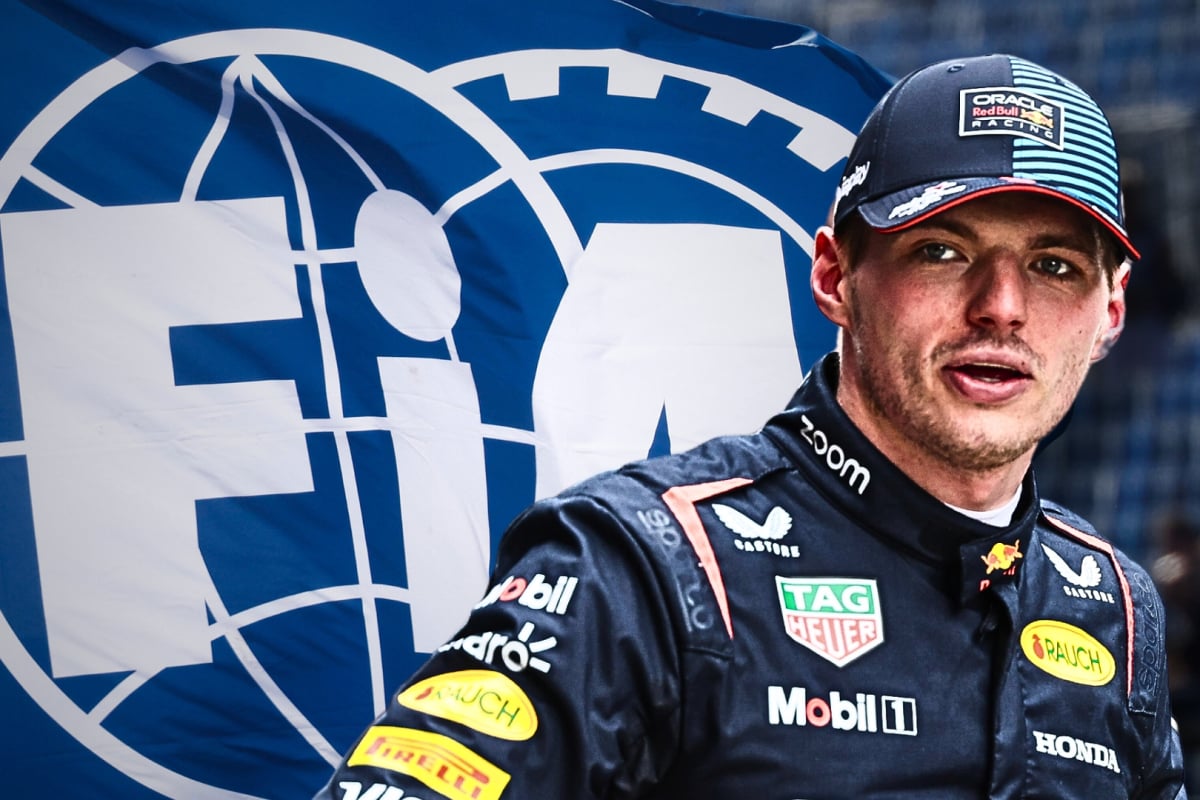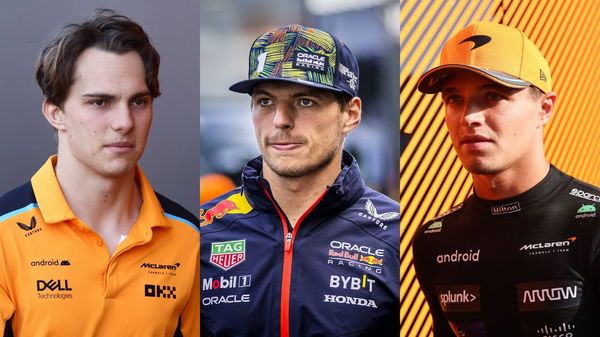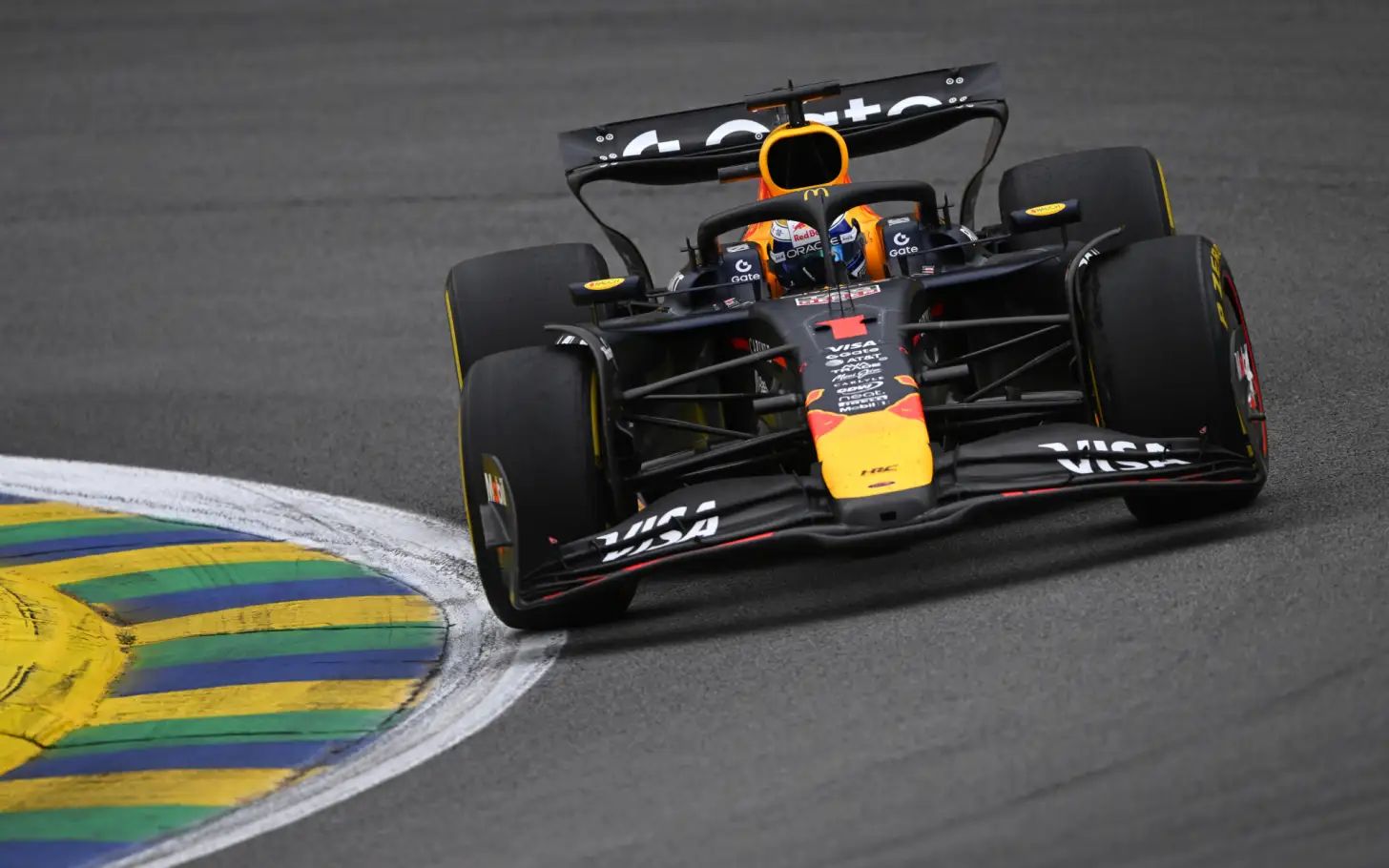FIA under pressure as McLaren demand cost cap clarification over Verstappen’s engine switch
McLaren have officially sought clarification from the FIA after Red Bull’s controversial decision to install a new engine in Max Verstappen’s car at the 2025 São Paulo Grand Prix, raising fresh questions about how such changes are treated under Formula 1’s strict cost cap regulations.
The dispute emerged after Verstappen’s team opted to replace his power unit ahead of the race, despite no confirmed reliability issue being reported. The switch, according to McLaren, appeared to be performance-driven rather than necessity-based — a move that could potentially blur the lines of F1’s financial regulations.
McLaren call for FIA transparency
McLaren team principal Andrea Stella revealed that his team has asked the FIA for clarity on whether a power-unit change made purely for performance reasons should count toward a team’s annual spending limit. Stella noted that McLaren deliberately refrained from making similar engine changes during the season due to financial constraints and their interpretation of the cost cap rules.
“We’ve approached the FIA for an explanation,” Stella said. “If an engine is replaced for reliability, that’s understandable. But when a team changes it to gain performance, it should be reflected in their cost-cap accounting. We want to ensure that all teams are playing by the same rules.”
Under F1’s financial regulations, the cost cap — currently set at $135 million per team per season — is designed to level the playing field by limiting how much money can be spent on car development, operations, and certain components. However, the exact classification of costs related to power-unit swaps remains an ambiguous area.
Regulatory grey area
The FIA’s rulebook distinguishes between engine changes due to technical failure and those made voluntarily for performance or strategy. In the case of Verstappen, reports indicate that Red Bull made the change after observing potential performance degradation in his previous power unit rather than a specific failure.
McLaren’s contention is that voluntary swaps circumvent the spirit of the cost cap by allowing wealthier teams to spend freely on fresh engines without the same budgetary pressure faced by smaller rivals. “We need clear guidance,” Stella added. “Otherwise, it becomes a loophole that could encourage excessive spending disguised as reliability measures.”
An FIA spokesperson confirmed that the governing body had received McLaren’s inquiry and that discussions are underway within the financial and technical departments to determine whether the engine replacement falls within Red Bull’s declared cost-cap expenditure. “The FIA routinely monitors all power-unit activities and financial submissions,” the spokesperson stated. “We will review the matter carefully to ensure full compliance with the regulations.”
Red Bull’s position
Red Bull maintains that the decision to replace Verstappen’s power unit was within the regulations. Sources close to the team insist the change was made after detecting anomalies that could compromise reliability during the final races of the season. Team principal Christian Horner reportedly told the media that the swap “had nothing to do with chasing performance gains” but was “a precautionary step to secure the championship fight.”
However, the timing of the change — just before the Brazilian Grand Prix — raised eyebrows. Verstappen’s new engine provided him with a fresh supply of power at a track where overtaking is possible but demanding, and although he started from the pit lane, he recovered impressively to finish on the podium behind Lando Norris and Kimi Antonelli.
Why the issue matters
The outcome of the FIA’s review could have serious implications for how teams handle power-unit changes going forward. If the governing body rules that such a swap should count against the cost cap, teams will need to factor the financial impact into their strategic decisions. Conversely, if Red Bull is found to have acted within the rules, it could open the door for others to follow suit without fear of breaching financial limits.
McLaren’s stance reflects broader concerns across the grid about maintaining competitive fairness. Several rival teams are believed to support McLaren’s request for clarity, emphasizing that the cost cap was introduced precisely to prevent large spending gaps from influencing performance outcomes.
FIA’s next steps
The FIA is expected to issue a formal clarification before the next round of the championship to prevent further disputes. It may also review whether the current cost-cap framework needs updating to explicitly address performance-related component changes.
“The regulations evolve as new situations arise,” the FIA spokesperson explained. “Our goal is to maintain integrity and transparency in the championship.”
For now, McLaren’s challenge underscores the tension between innovation, performance, and regulation in modern Formula 1. With Verstappen still in contention for the title and McLaren leading both championships, the controversy could yet shape the outcome of the 2025 season — and possibly redefine how teams interpret the balance between reliability and performance under the FIA’s cost-cap regime.




